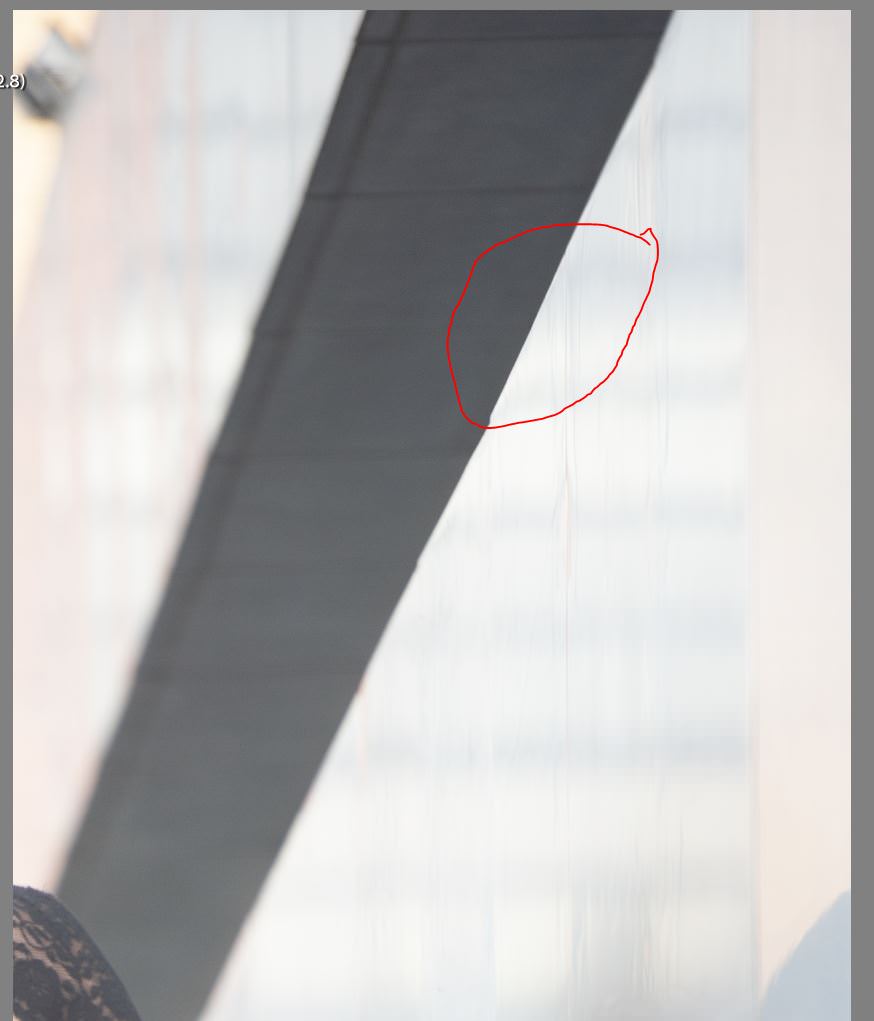- Messages
- 7
- Edit My Images
- No
Hi all
I'm just new here. I have been taking photos for years now but am new to the world of calibrating lenses as I've always been quite happy with my focus results. I recently calibrated my lenses for both my D700s and got things as close as I figured they could be.
Now, it may be that I am now being over-fussy, or that I am doing something wrong when calibrating, or that there is something wrong in the set-up of BOTH my D700s, but I have begun to wonder whether my images are really as sharp as they should be.
Is it too much to ask that a 200mm lens (at furthest distance away, but still filling the whole frame), at F2.8 and shooting at 1/2000s in good light and static subject, is not pin-sharp? I have yet to go out and try it at F8 to see if that improves matters (which I figure it will).
The images look ok, but if I look at someones eye for instance, without zooming in in Lightroom beyond 1:1 it is soft and I wonder whether that is what is to be expected shooting so far away, zooming in and at F2.8?
I guess it could be the lens (which is a Nikon AF-S NIKKOR 70-200mm f/2.8G ED VR II) but could it even be the UV filter I have on?...perhaps that is of poor quality?
Any pointers would be greatly appreciated as I am fed up of sharpening my stuff (too much) in Lightroom.
Thanks
Nick
I'm just new here. I have been taking photos for years now but am new to the world of calibrating lenses as I've always been quite happy with my focus results. I recently calibrated my lenses for both my D700s and got things as close as I figured they could be.
Now, it may be that I am now being over-fussy, or that I am doing something wrong when calibrating, or that there is something wrong in the set-up of BOTH my D700s, but I have begun to wonder whether my images are really as sharp as they should be.
Is it too much to ask that a 200mm lens (at furthest distance away, but still filling the whole frame), at F2.8 and shooting at 1/2000s in good light and static subject, is not pin-sharp? I have yet to go out and try it at F8 to see if that improves matters (which I figure it will).
The images look ok, but if I look at someones eye for instance, without zooming in in Lightroom beyond 1:1 it is soft and I wonder whether that is what is to be expected shooting so far away, zooming in and at F2.8?
I guess it could be the lens (which is a Nikon AF-S NIKKOR 70-200mm f/2.8G ED VR II) but could it even be the UV filter I have on?...perhaps that is of poor quality?
Any pointers would be greatly appreciated as I am fed up of sharpening my stuff (too much) in Lightroom.
Thanks
Nick



